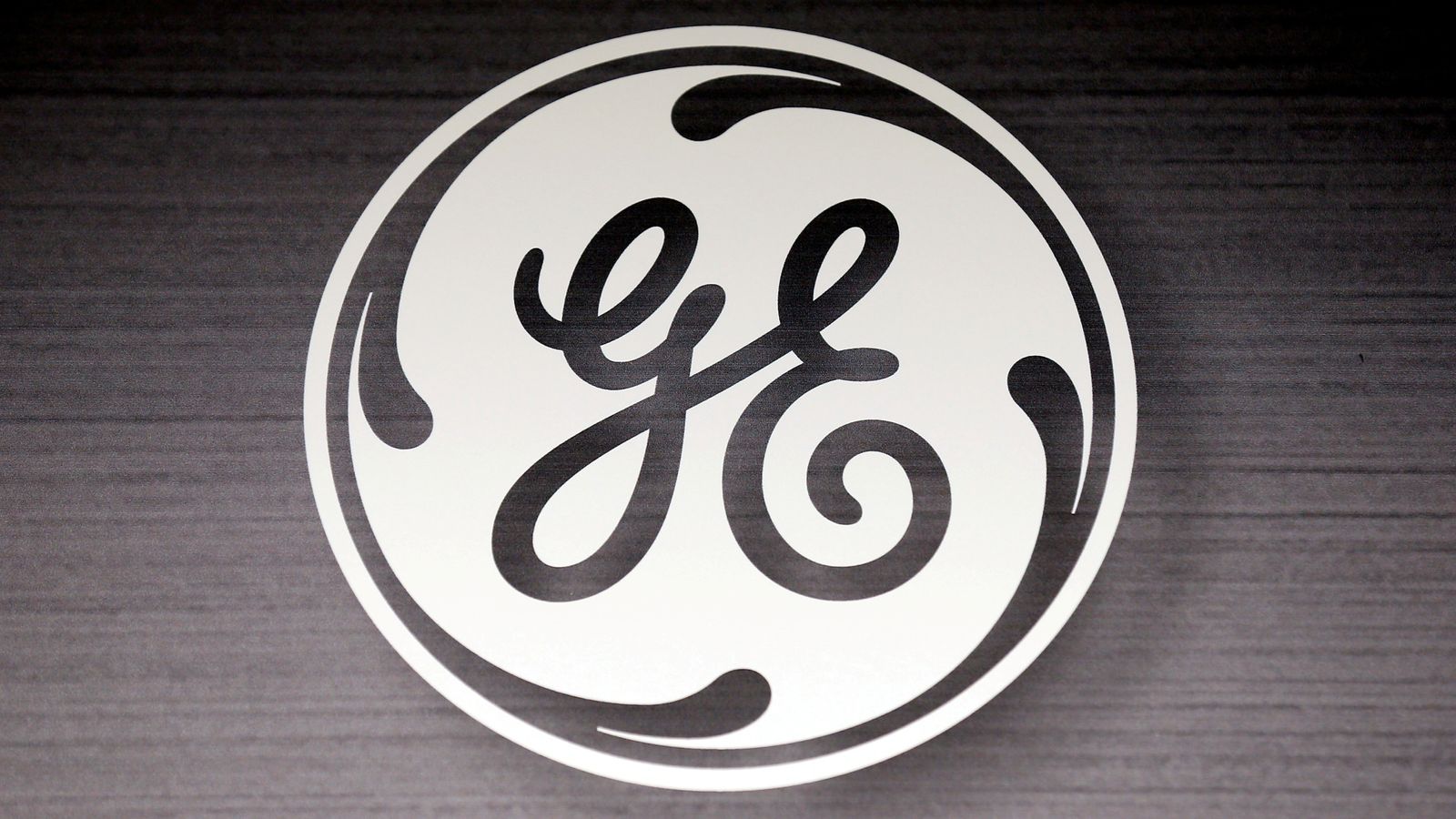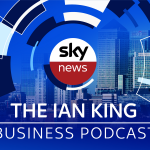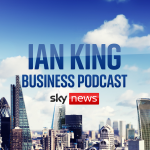For decades, it has been a bellwether of US manufacturing, a company co-founded by Thomas Edison, the inventor of the light bulb, that exported high-quality American goods to every corner of the globe.
It was among America’s biggest companies by stock market valuation for most of the post-war period, becoming the biggest for most of the 1990s, before being eclipsed in 1998 by Microsoft.
Now, though, General Electric (GE) is a shadow of its former self and, by market capitalisation, it sits just 76th in the S&P 500 index. Its stock market value has fallen from around $590bn 20 years ago to just $119bn at the close on Monday evening.
Today, the 129-year-old company’s board took the action many investors have demanded for years, announcing it would break itself up into three different publicly quoted companies.
GE, which had previously resisted all calls to abandon its conglomerate structure, said those three companies would be focused on energy, health care, and aviation. Shares of GE surged by 15% in pre-market trading.
The process will start when, in early 2023, GE Healthcare is spun off into a separate company in which GE will retain a stake of around 19.9%.
The following year, once GE has brought together its renewable energy, power and digital arms into one business, that too will be spun off.
Supermarket price inflation at 14-month high – adding to cost of living pressure
Primark sees supply chain disruption result in limited availability on ‘small number of lines’
COVID-19: Pfizer antiviral pill could be available ‘early in 2022’ if approved
The company that remains will be focused on aviation and seeking to achieve what GE today described as “shaping the future of flight”.
Larry Culp, GE’s chairman and chief executive, said: “The world demands – and deserves – we bring our best to solve the biggest challenges in flight, healthcare, and energy.
“By creating three industry-leading, global public companies, each can benefit from greater focus, tailored capital allocation, and strategic flexibility to drive long-term growth and value for customers, investors, and employees.
“We are putting our technology expertise, leadership, and global reach to work to better serve our customers.”
Mr Culp said it was a “defining moment” for GE.
He went on: “We have a responsibility to move with speed to shape the future of flight, deliver precision health, and lead the energy transition. The momentum we have built puts us in a position of strength to take this exciting next step in GE’s transformation and realise the full potential of each of our businesses.”
It probably took an outsider like Mr Culp to recognise the need for change.
When he was appointed at the end of 2018, replacing the short-lived John Flannery after a 13-month stint, Mr Culp was the first outsider to be appointed head of GE in the company’s history.
It was a business that put a huge value on stability and continuity; until Mr Flannery replaced Jeff Immelt at the end of 2017, just four people had held the post of GE chairman and chief executive during the previous half century.
GE was also a flag-bearer for the conglomerate business model – the notion that a company could operate in lots of different industries, with little in common other than supposedly excellent management, using cash flow generated by one subsidiary to support investment in another.
It became popular in the 1960s, with industrial titans such as Westinghouse, ITT, and GE itself growing rapidly by acquiring smaller businesses.
With hindsight, the business model was only really made possible by the more lax accounting standards of the time, while from the late 1980s onwards investors began to push back against it.
They argued, not unreasonably, that they could decide for themselves which sectors they wanted to invest in – they did not need companies to make those choices for them.
By then, the trend had crossed the Atlantic.
Britain – where arguably the world’s first famous conglomerate, the East India Company, was born – had its own such businesses, most notably Hanson, whose activities at one point spanned Ever Ready batteries, Golden Wonder crisps, a host of cigarette brands, chemicals, building materials, US coal mining and, later, electricity supplies.
It announced a four-way demerger 25 years ago.
Around the same time, with a host of US companies such as Dun and Bradstreet and AT&T breaking themselves up, some Wall Street analysts began to argue that such an approach would make sense for GE.
But this was anathema to the company’s chairman and chief executive at the time, Jack Welch, who that year told shareholders: “We are a company intent on getting bigger, not smaller. The only answer to the trendy question ‘what do you intend to spin off?’ is ‘cash, and lots of it’.”
Mr Welch, one of America’s most famous “rock star CEOs” of the 1980s and 1990s, had already taken GE into financial services with the creation of GE Capital.
He also took it into media with its 1985 acquisition of the parent of US broadcasting giant NBC (a business that is now owned by Comcast, the ultimate owner of Sky News).
By the time he stepped down – Mr Welch died last year at the age of 84 – it was already becoming clear that GE had been overly dependent on GE Capital.
Mr Immelt’s misfortune was to take the helm of what was one of the world’s big three aircraft engine makers (the others being Rolls-Royce and Pratt & Whitney) just as the 9/11 terror attacks were pushing the global aviation sector into recession. The decline intensified when the global financial crisis highlighted weaknesses in GE Capital.
Today’s announcement is the logical culmination of a process began by Mr Immelt and followed by his two successors.
Numerous GE businesses have been offloaded in recent years, with NBCUniversal being sold to Comcast in 2009 and the GE Appliances business – owner of brands including Hotpoint – being sold to the Chinese company Haier in 2016.
Last year even saw GE Lighting, which housed the lightbulb business where the story began, sold to Boston-based Savant Systems.
The break-up will have implications right across the world.
GE has 174,000 employees worldwide in 130 countries. In the UK and Ireland, it has more than 9,000 employees, many of whom work for GE Healthcare, a legacy of that company’s takeover of the healthcare technology company Amersham in 2004.
Other recent acquisitions affecting the UK include the 2007 purchase of Smiths Aerospace.
Those employees should, in theory, benefit from working for a more focused business.
The conglomerate model still lives on in some parts of the world, most notably in South Korea, where so-called “chaebols” like Samsung, Hyundai, and LG dominate the business landscape.
But for GE, a symbol of American industrial might for more than a century, it is very definitely the end of an era.






















